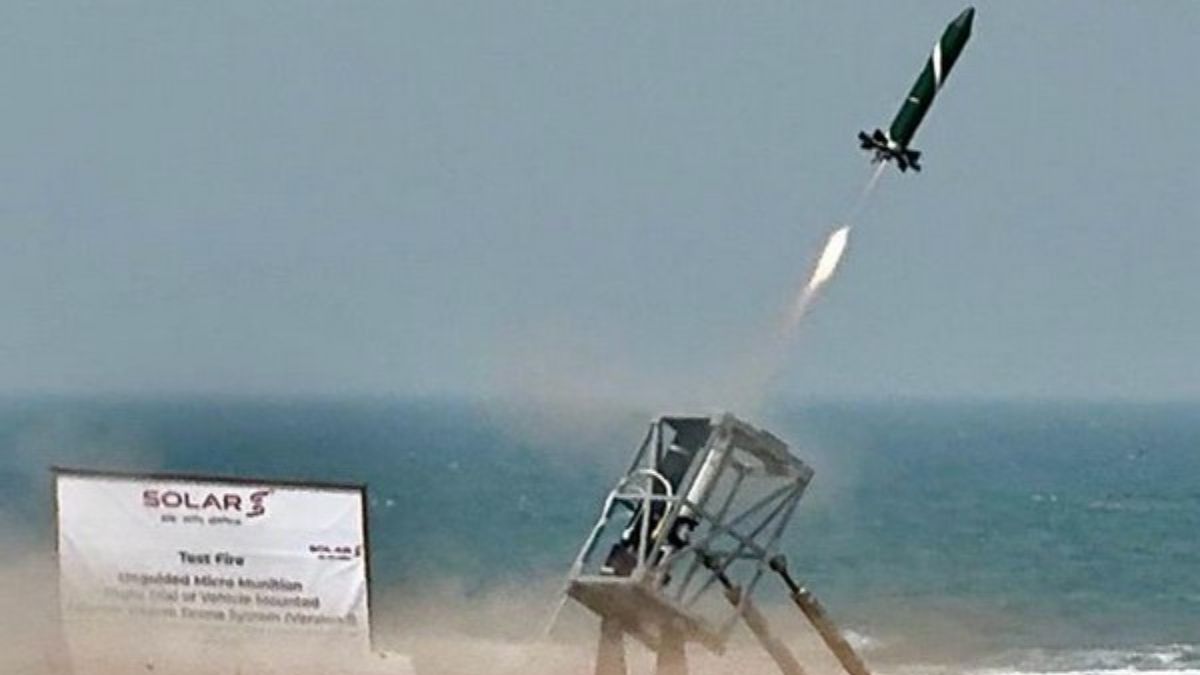Amid the backdrop of a series of failed Pakistani drone and missile attacks following India’s Operation Sindoor , the Ministry of Defence is set to review a ₹30,000 crore proposal to procure three regiments of the indigenous Quick Reaction Surface-to-Air Missile (QR-SAM) system for the Army, The Times of India reported.
Later this month, the Defence Acquisition Council, chaired by Rajnath Singh, is expected to consider granting the initial go-ahead (Acceptance of Necessity) for the purchase. The mobile QR-SAM system is designed to intercept enemy aircraft, helicopters and drones within a range of 25–30 km.
The move comes in the wake of India’s air defence network successfully intercepting Turkish-origin drones and Chinese missiles used by Pakistan during Operation Sindoor, which took place from 7 to 10 May.
DRDO-developed QR-SAM proven in all-weather trials
Developed by DRDO and tested over the past few years, the QR-SAM has proven effective under both day and night operational conditions. Bharat Electronics and Bharat Dynamics will jointly manufacture the system.
“The QR-SAM systems can operate while on the move, with search and track capability, and fire during short halts,” a source told TOI. “They are tailor-made to move alongside tanks and infantry combat vehicles to provide them with air defence in the tactical battlefield.”
Performed well during Op Sindoor
The Army Air Defence (AAD), which performed really well during Operation Sindoor , and foiled multiple drone attacks, requires 11 regiments of the QR-SAM system . This is in addition to the ongoing induction of the indigenous build Akash missile system, which currently has a 25 km interception range.
The addition of QR-SAMs will bolster the existing multi-layered air defence network of both the Army and the Indian Air Force. This includes the long-range Russian S-400 ‘Triumf’ missiles (range: 380 km), Barak-8 medium-range missiles developed in collaboration with Israel (range: 70 km), Russian Igla-S shoulder-fired missiles (range: 6 km), upgraded L-70 anti-aircraft guns (range: 3.5 km), and Indian-made drone detection and interdiction systems (range: 1–2 km).


)

)
)
)
)
)
)
)
)



